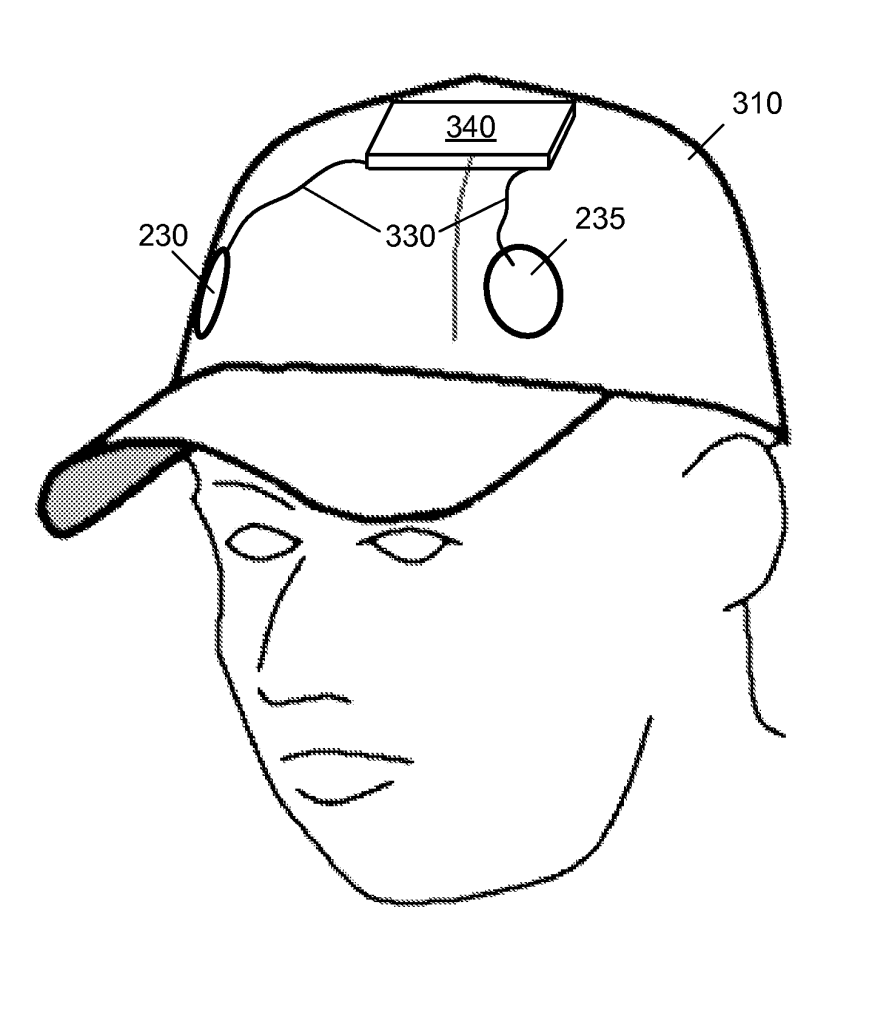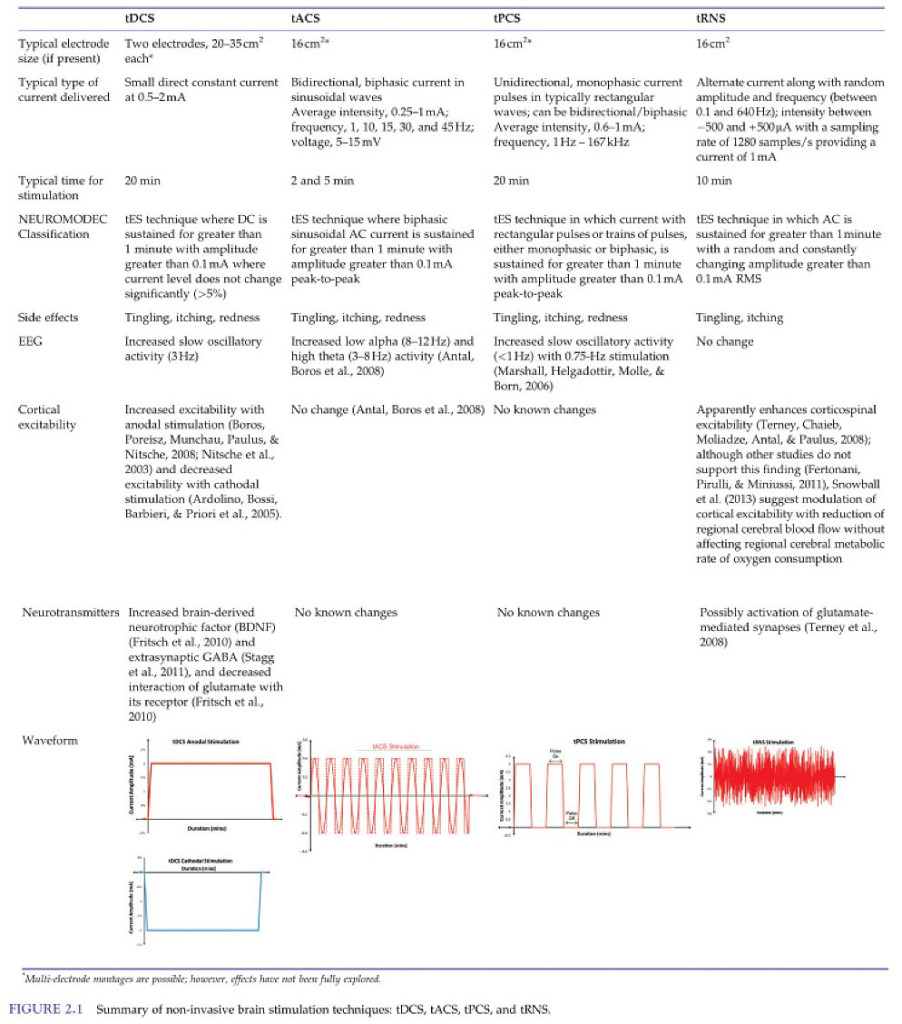My previous post about a patent I stumbled on has led me today to discover the Intellihat! Searching the patent authors Jeffrey Edward Arle and Jay Lawrence Shils landed me on the Home page of Intellihat, tagline. Gently Stimulate Your Brain™. And I get it! Classic American entrepreneurship.
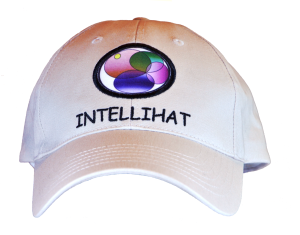
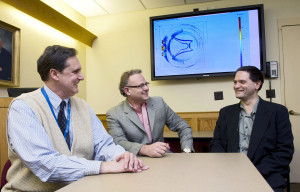
Intellihat was founded by two pioneers in the booming field of neuromodulation, Jeffrey E. Arle, M.D., Ph.D. (center), and Jay L. Shils, Ph.D. (right). Neuromodulation is the use of mild electric fields to stimulate the nervous system. In addition to authoring over 150 research papers, Dr. Arle and Dr. Shils are the editors of and contributing authors to Essential Neuromodulation, a reference book of articles by leaders in the field. Kris Carlson (left) runs the computer simulations that study how the Intellihat works and how to improve it.
A couple of neurology PHDs apply their expertise and a moderate investment to create a consumer product that could make some serious money. Forgive the attitude in my previous post around the patent. If you’re going to invest your time and money in inventing something, of course you’re going to want to protect it, and as broadly as possible. So no more patent troll references (and fingers crossed they’re not).
The device targets the Dorsal Lateral Prefrontal Cortex (DLPFC).
Of special interest: “The Intellihat contains a transmitter and two flat antennas placed above your temples. The antennas are made of antibacterial silver cloth and send a low-power, low-frequency signal into your DLPFC, mildly stimulating it.
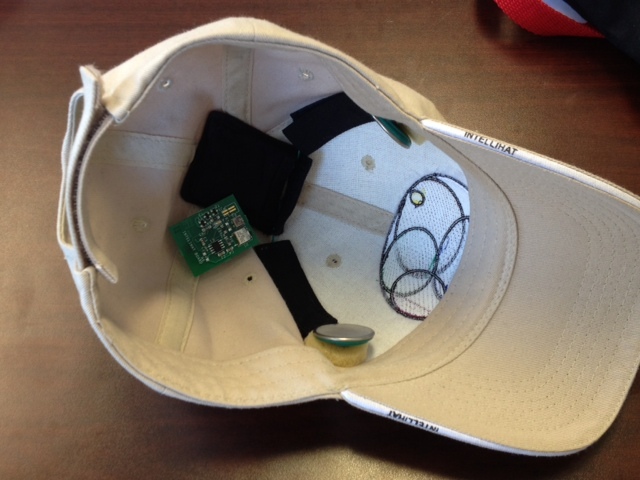
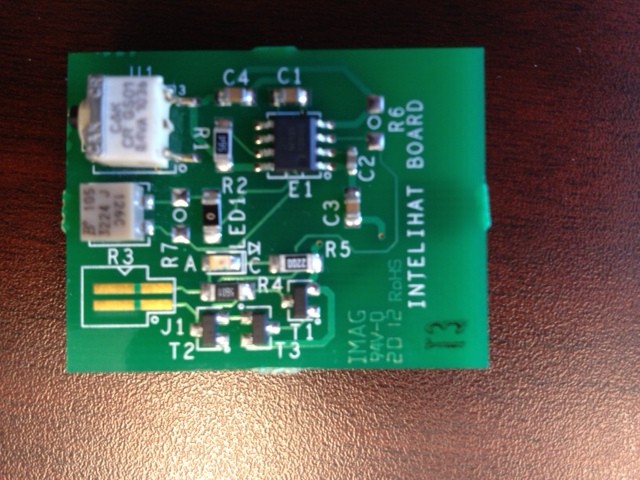
I’d expect we’ll hear some intelligent assessment of this board from some of the folks on the tDCS Subreddit.
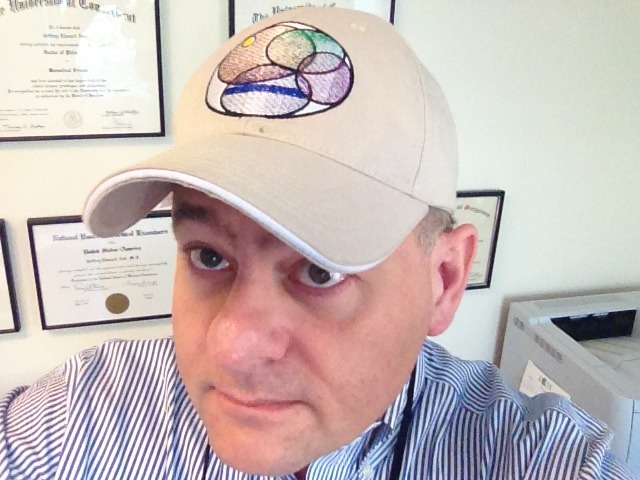
And finally, you can buy one! In fact, it looks like you could be the first to do so!
http://www.bonanza.com/items/like/124487491/Intellihat-Gently-Stimulate-Your-Brain
In all sincerity I wish them the best and look forward to better understanding their device and its effects.

